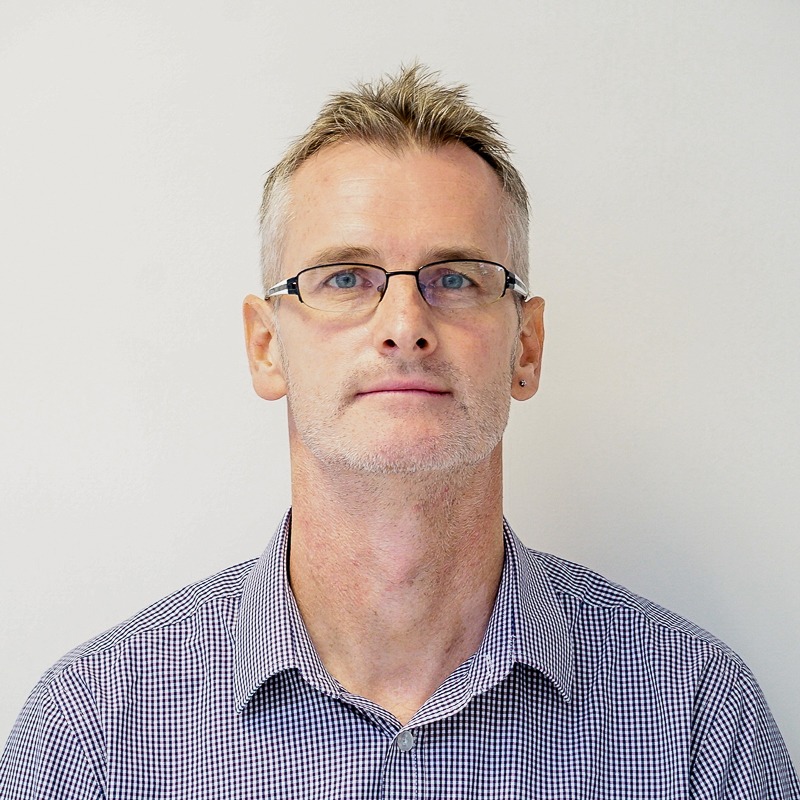Huawei positioned to supply 'lifeblood' for safe city's nervous system
Huawei positioned to supply 'lifeblood' for safe city's nervous system
Africa still has some way to go on the journey towards full-scale, widespread application of smart city systems, but it is making progress. These systems reflect development within the digital transformation journey, of which public safety remains a key focal point.
This is according to senior executives from multinational ICT firm Huawei who attended the ICT and telecoms focused Mission Critical Africa 2017 running in conjunction with AfricaCom 2017 in Cape Town South Africa this week.
The event is focused on the theme 'building safe cities through technology innovation' – which is a strategic component of Huawei's overall global solution development and offering.
The company continues to advocate a structured 'first safe, then smart' approach to digital system innovation and integration.
Peter Goulding, Global Public Safety Expert at Huawei Technologies Enterprise Business Group and former officer in the UK's Metropolitan Police Service,and regional lead in public safety within a major communications supplier, said from a public safety point of view, the company delivers ICT to empower emergency services with greater, more flexible operational capability.
"We're not trying to replace what they are doing, but trying to enhance what they are trying to do which is to reassure communities, provide safer and secure cities."
Goulding is an expert in the use of ICT to enable governments, emergency services, city authorities and other public safety organisations to prevent, detect, respond and recover quickly and effectively from threats to public safety.
He said in terms of public safety and actions, the technology addresses three main areas: before, during and after an incident, particularly in terms of data gathering and action based on analysis of this data.
He explains that smart sensoring-type solutions can offer predictive analytics to help with warnings and contingency plans then activated.
"In policing terms, it also means that when we provide a network and a platform that people can build their solutions on, we can start predicting and start looking at big data. So one could effectively start to 'hotspot' map where incidents and crimes occur and then you can start ensuring that your resources are going to those sorts of areas. You can then go further and begin to use 'command and control' type applications," said Goulding.
The technology is seen as enabling and central to providing operational capability. Goulding highlighted the use of integrated transport systems to automate manual processes and redeploy critical personnel as an example.
From safe to smart
Smart city is the next step in the process and under this umbrella, Huawei has positioned various solutions to address transportation, waste management, lighting and equal division of power across rural areas, among any other area of smart service delivery.
Edwin Diender, Vice President, Government & Public Utility Sector of the Enterprise Business Group at Huawei Technologies, explained the company has evolved from being a producer and manufacturer to being a facilitator of services and solutions at the centre of digital transformation.
He says the company now supports global smart city experiences in 100 cities in 40 countries, including Ghana, Kenya, Nigeria and South Africa.
Examples include RC Yanbu in Saudi Arabia, Smart Weifang (new model for city development) and Smart Dunhuang, in China.
